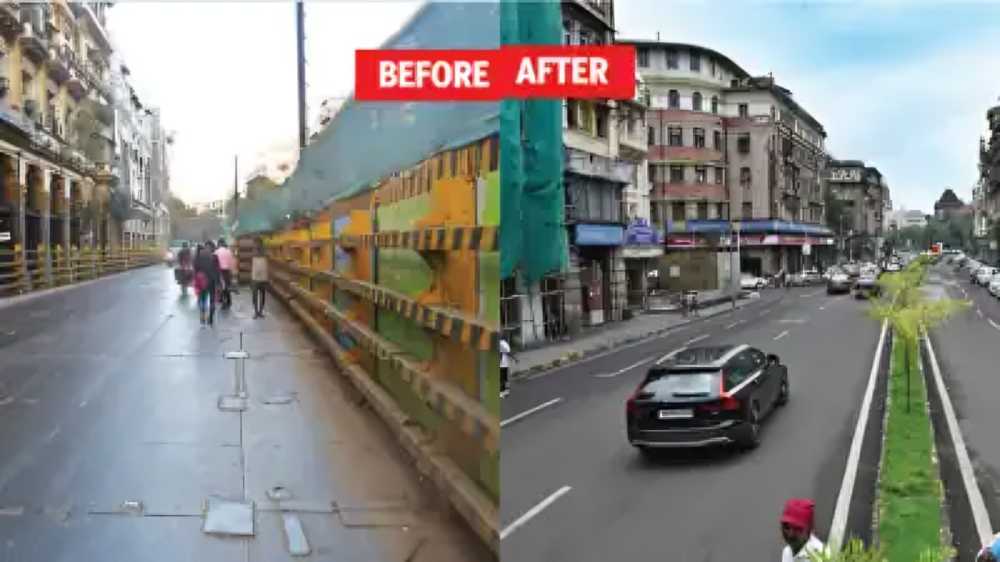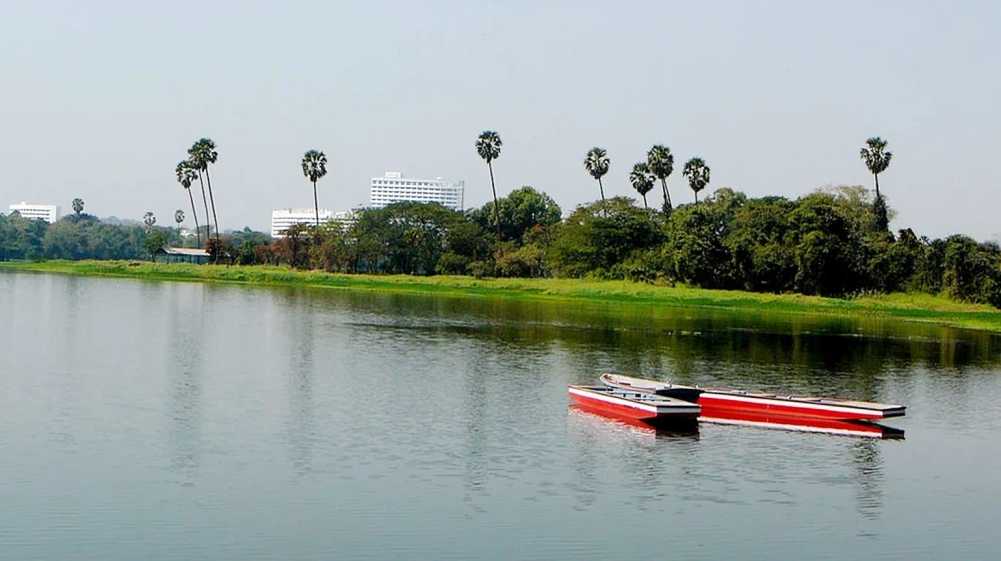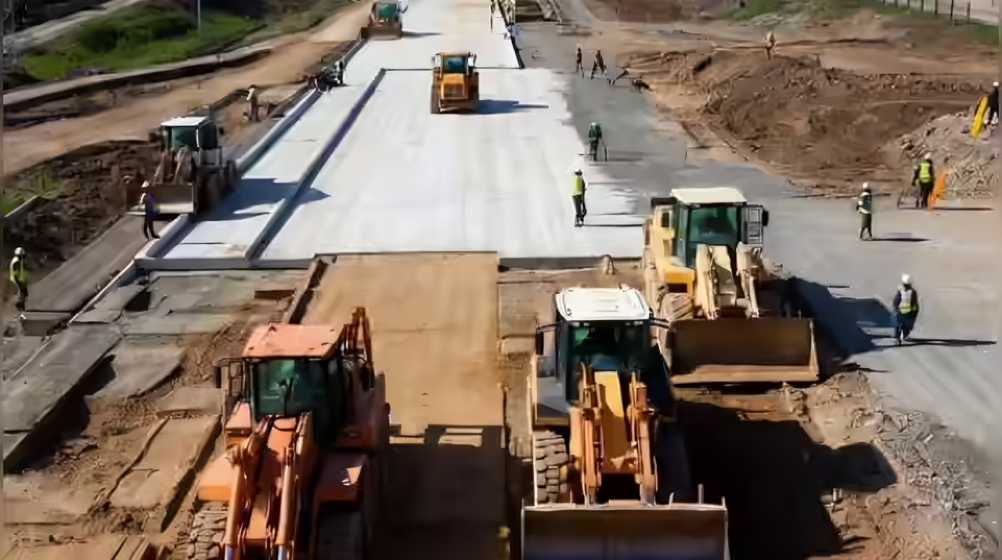September 18, 2025: Constructing the Hutatma Chowk station on Metro Line 3, in the heart of South Mumbai’s historic precinct, proved one of the city’s most complex underground engineering tasks. Nestled beneath the colonial-era facades of D N Road, the project demanded a delicate balance between modern tunnelling precision and safeguarding century-old heritage buildings above.
The fully underground station lies 23 metres below ground, stretching 233 metres in length. Engineers were compelled to carve its station box mere metres from Grade II A structures and narrow pedestrian lanes. “The greatest challenge was not just the engineering,” explained S K Gupta, director (projects), Mumbai Metro Rail Corporation. “It was preserving the historical integrity of Fort while integrating twenty-first century infrastructure beneath it.”
To address the constraints, a hybrid approach was deployed — one platform constructed through cut-and-cover methods, and the other via the New Austrian Tunnelling Method (NATM), rarely used in urban cores. With tunnel crowns only 16 metres below ground, engineers fortified fragile arches with steel supports. Over 10,000 micro-blasts were carried out with precision, each carefully grooved to disperse shockwaves, while excavation was completed with drum cutters to minimise vibration.
Monitoring was relentless. Tiltmeters, vibration sensors and seismographs tracked conditions in real time, ensuring vibrations stayed below 2.54 mm/sec — half the accepted limit. Eight narrow adits, or side tunnels, were created with millimetric alignment, stitching together complex underground networks. Even the tunnel boring machines were modified, with reduced RPM and partial manual excavation, to mitigate risks of misalignment.
A detailed survey categorised heritage structures by fragility, with tailored construction methods applied. Alerts halted work if any building neared risk thresholds.
“The stretch between CSMT and Kalbadevi, lined with heritage and ageing structures, was by far the toughest,” Gupta admitted. “But this project was about precision, patience and absolute respect for the city’s past.”
Source: The Times Of India





